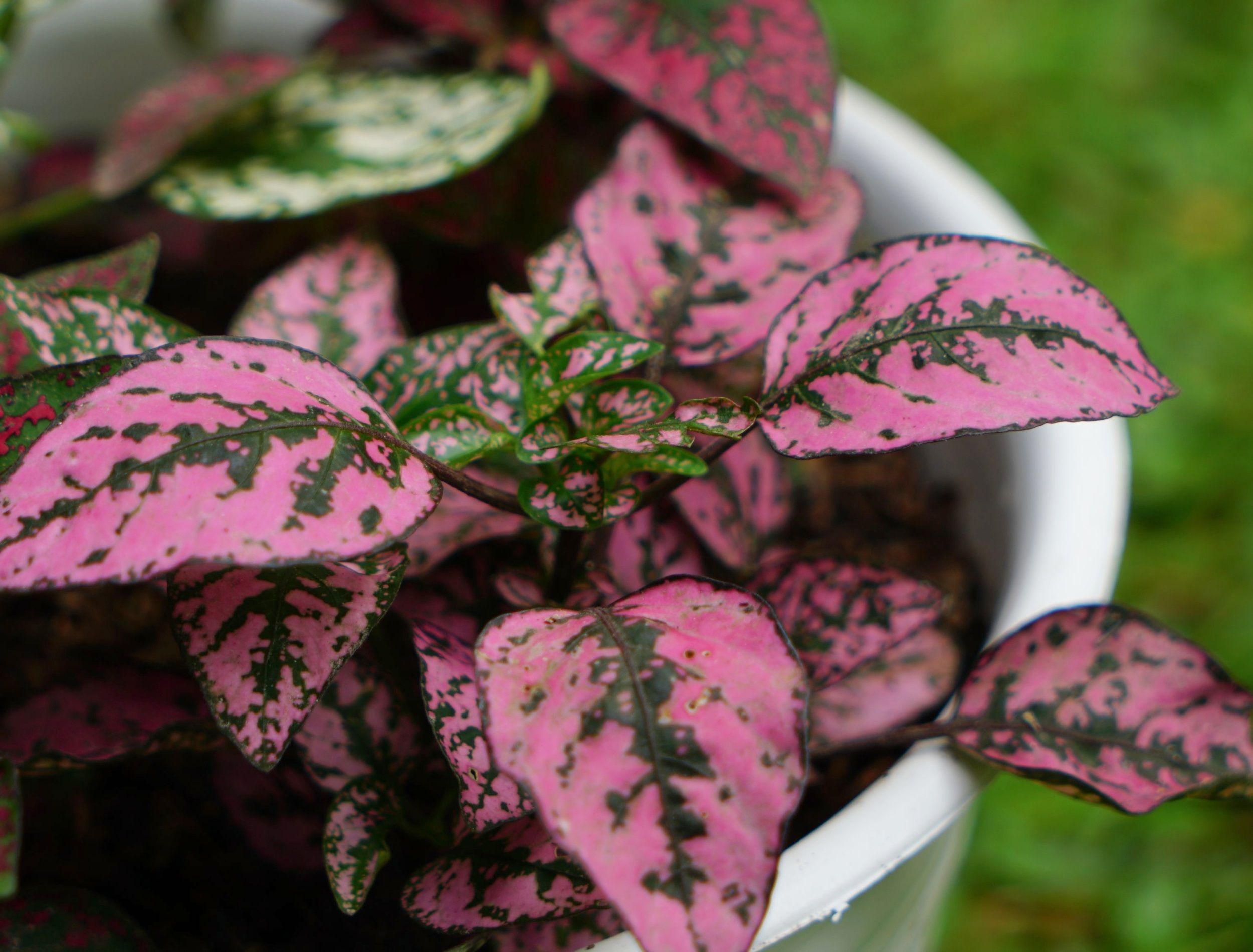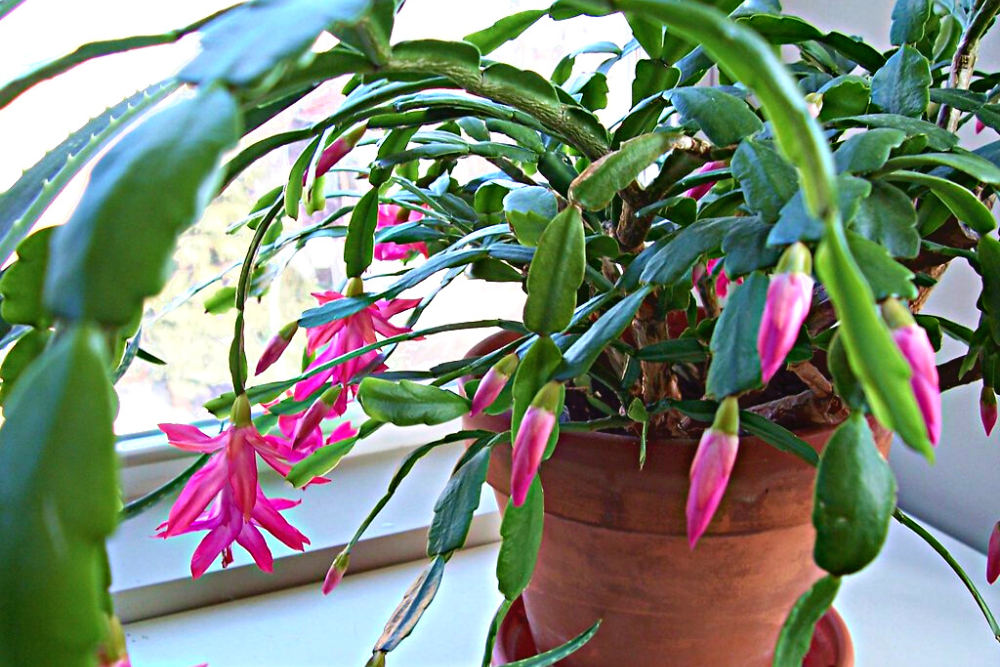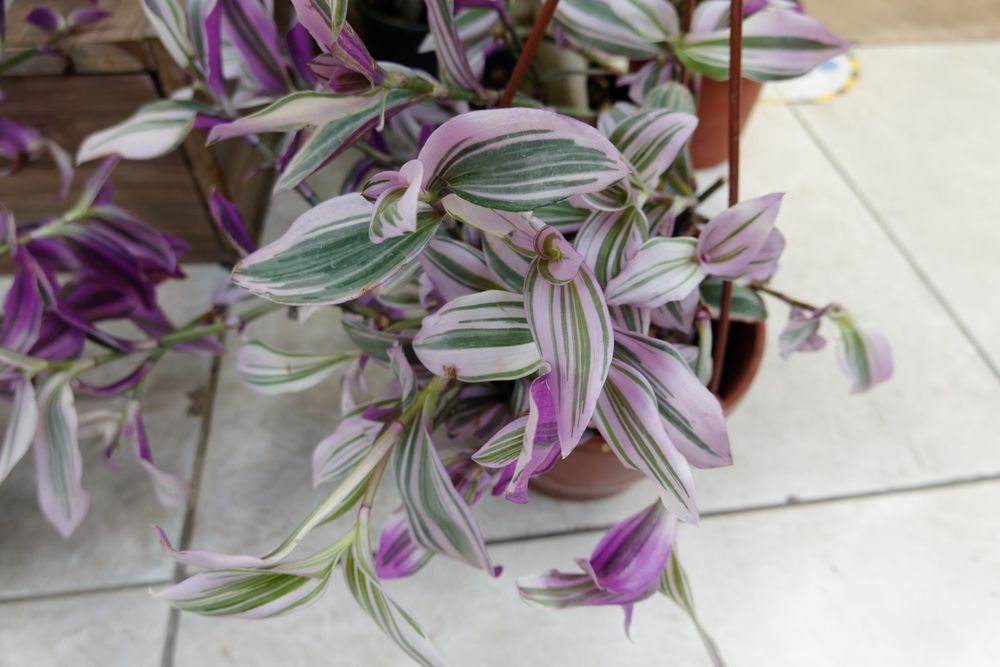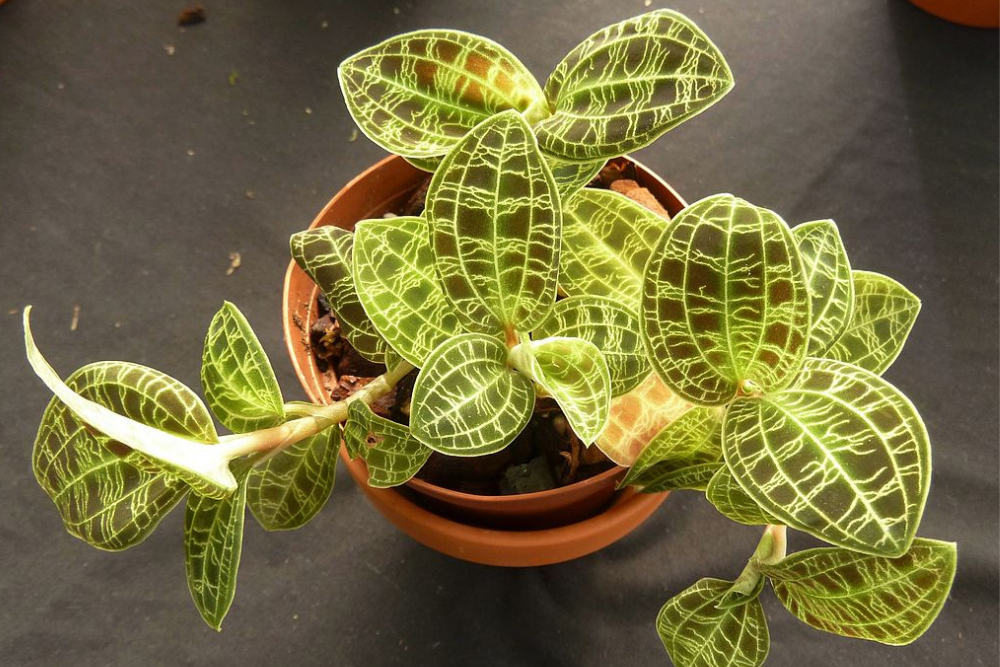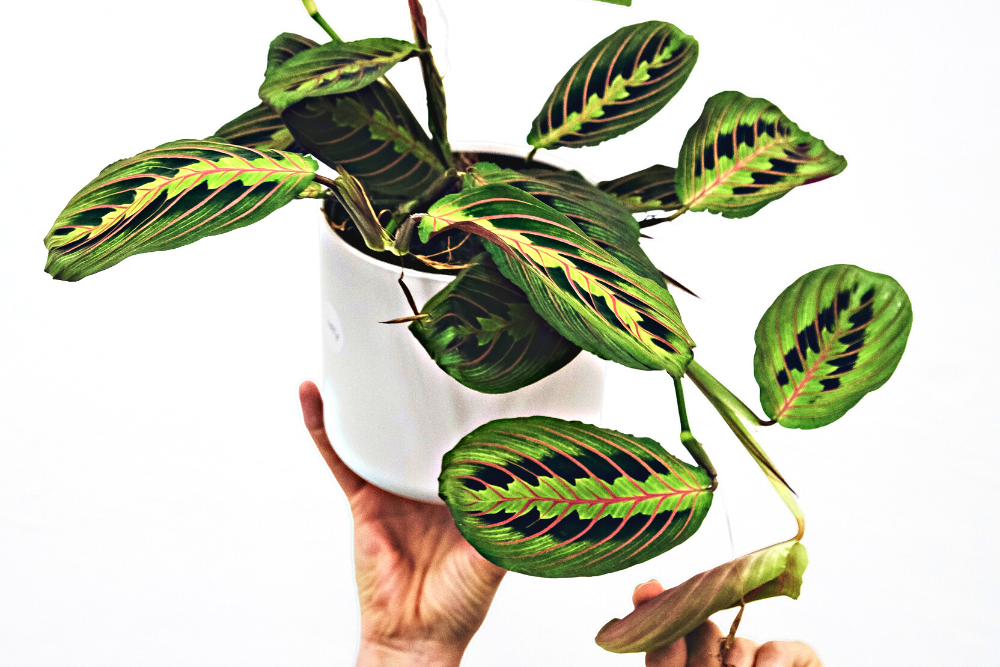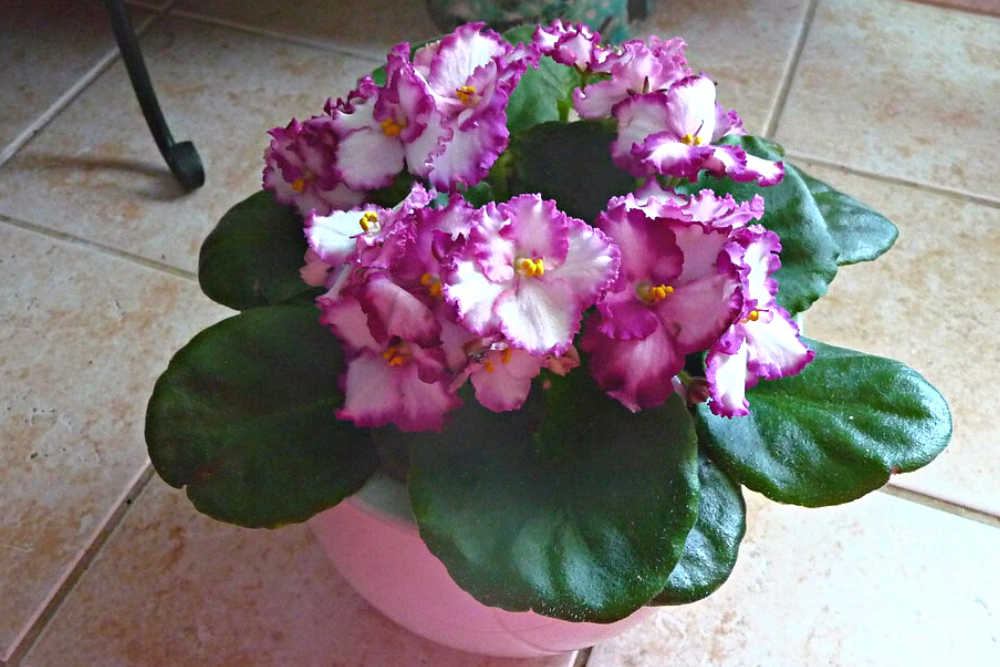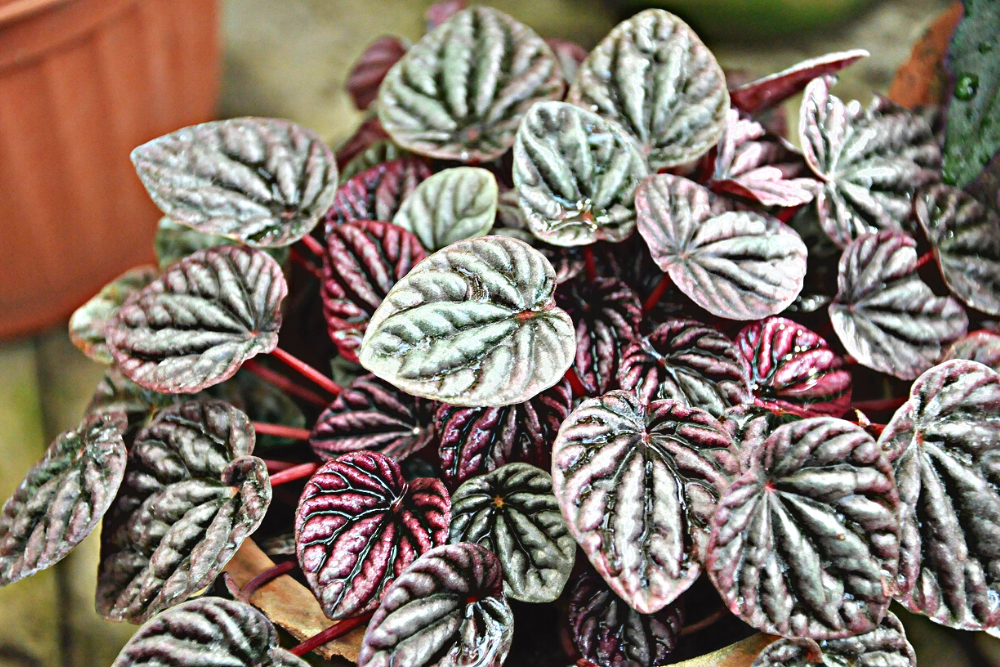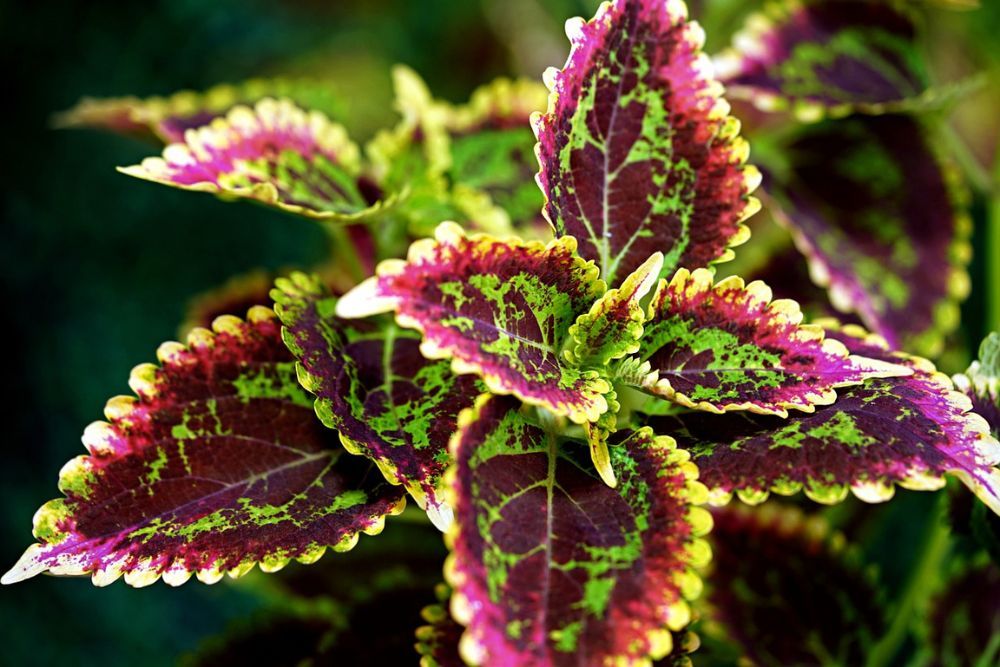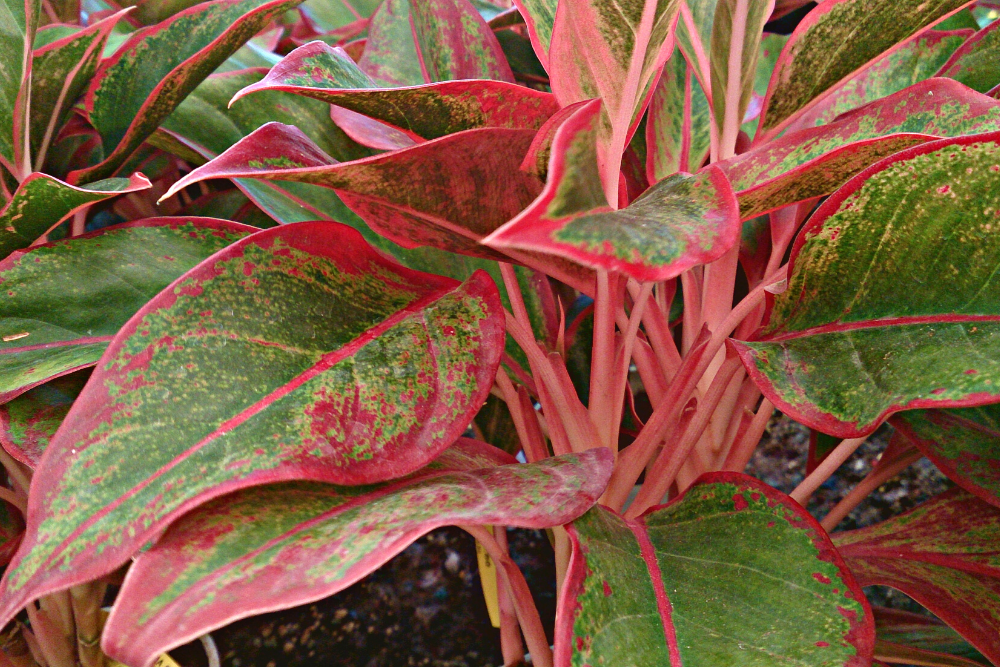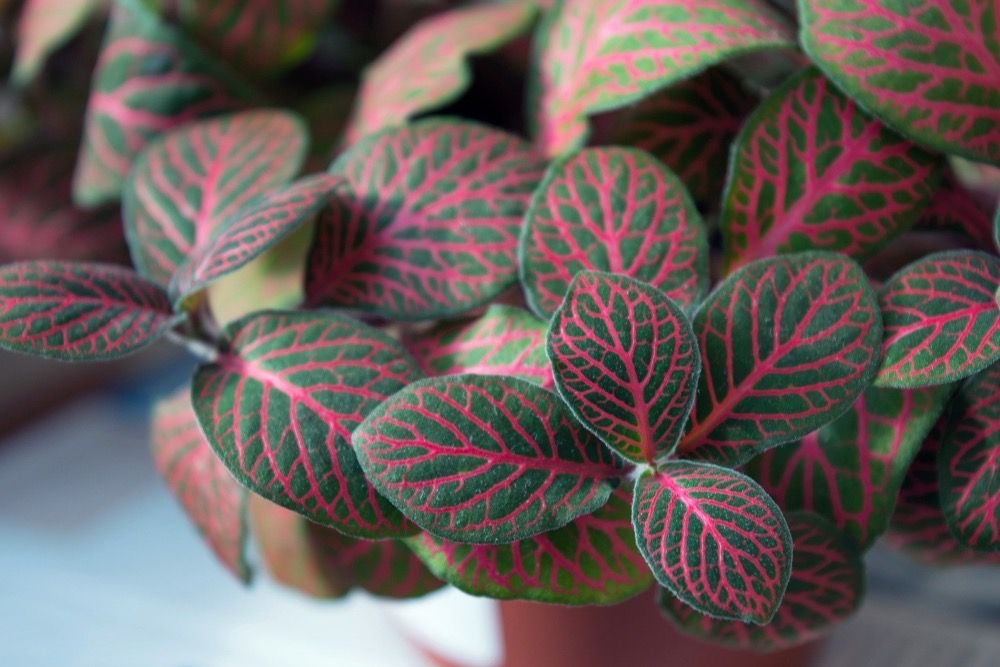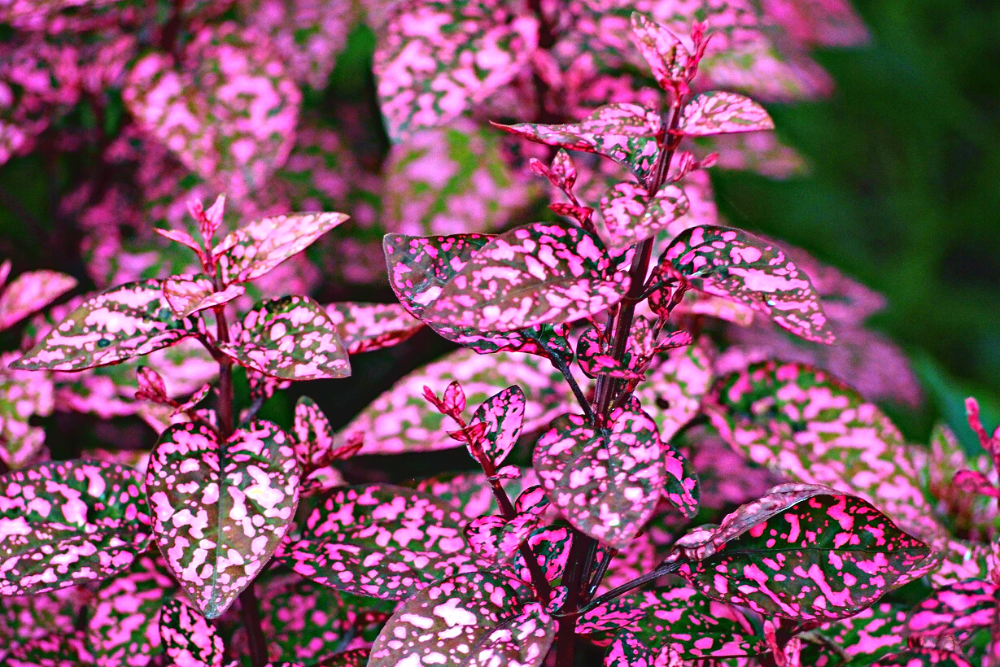Poinsettias are no longer considered as toxic as they once were. But they can still cause nausea, vomiting, and skin rashes. At Christmas, the most beloved variety of these perennials native to Mexico boasts brilliant red “flowers,” which are actually clusters of modified leaves, or bracts, that have tiny yellow flowers at the center.
If you are still worried about putting poinsettias on display during the season but still crave color and dazzling foliage, you have options. Choose your new seasonal favorites from this list of non-toxic alternatives with vibrant, feel-good foliage and fetching flowers.
Christmas Cactus
Image credit: spablab via Openverse
As its name evokes the season, this showy perennial succulent makes the top of the list. Ironically, the plant that many people have come to know and love as Christmas cactus is actually Thanksgiving Cactus (Schlumbergera truncata). You will be hard-pressed to find real Christmas cactus (Schlumbergera x buckleyi) on sale.
Keep these alternatives to poinsettias happy in succulent potting mix, partial shade, and high humidity.
Inch Plant
Image credits: Burhan Oral GUDU via Shutterstock
Also known as inch plant (Tradescantia zebrina), this herbaceous perennial has stunning, multicolored leaves that easily rival those of poinsettias. It also has an impressively long blooming season, offering up its delicate lavender flowers in every season.
The inch plants thrives in well-drained soil, average room temperatures, and filtered sun. For more intense colors, expose it to full sun. In winter, cut back on watering it.
Jewel Orchid
Image credit: JMK via Wikimedia Commons
Imagine Christmas ornaments as leaves. You will find them on Macodes petola, one of several plants known as "jewel orchid." A perennial native of Southeast Asia, its intricately patterned leaves literally glow in the sunlight. In winter or a little after, it also produces some tan-colored blooms, but they take a distant second place to their fantastic foliage.
Jewel orchid needs high humidity, bright, indirect light, and moist, well-draining soil. Also, treat it to a monthly dose of fertilizer.
Prayer Plant
Image credit: Feey via [Platform]UnsplashThe other names for prayer plant (Maranta leuconeura) — such as herringbone plant and red-veined — celebrate its fabulously decorative foliage. Its leaves can be green, purple or lavender, gold, yellow and white. In the daytime, these oblong-elliptic leaves lay parallel to the ground, but at night, they ease upwards in a prayer position.
This evergreen tropical plant loves a spot in indirect sunlight with lots of humidity and no chilly drafts. Allow the soil to dry out between waterings in winter.
African Violet
Image credit: IrisDragon via Openverse
African violet (Saintpaulia ionantha) are darlings in the houseplant world. They’re easy to grow and maintain, and bloom several times a year, including in winter. Their flowers and leaves come in a variety of shapes and colors, adding to their enduring appeal.
To be at their best, African violets require bright light — but not direct sunlight — for between eight and 16 hours a day. They also need well-drained soil and lots of humidity.
Emerald Ripple Peperomia
Image credit: Lazaregagnidze via Wikimedia Commons
If you want to add a touch of wonder and the exotic to your décor this season, consider Emerald ripple peperomia (Peperomia caperata). Native to Brazil, this evergreen plant delights with its heart-shaped, crinkled leaves in greens, purples, reds, and a mix of colors.
Indoors on the ground, on plant stands, or dangling from the ceiling, emerald ripple peperomia flourishes in medium light and medium to low humidity. Let the soil dry out between watering and protect it from drafts.
Coleus
Image credits: hartono subagio via Pixabay
Once the pride of Victorian gardens, coleus (Plectranthus scutellarioides) is a member of the mint family. Gardeners love it for its leaves that tantalize in a mixture of hues, including green, red, pink, burgundy, gold, orange, and cream.
This stunner can grow to about 3 feet wide and 3 feet tall. It needs well-drained potting soil, a bright sunny spot, and occasional pruning to keep its lush, bushy shape. Its cuttings are also easy to grow so you can spread the wealth around your home.
Chinese Evergreen
Image credit: Mokkie via Wikimedia Commons
Originally from southeast Asia, this non-toxic alternative to poinsettias is easy to care for and thrives in low-light spaces. Its shapely, ornate leaves grow from short stems and create a dense, sumptuous form that lights up any space it inhabits.
To amp up the seasonal flare, skip the Chinese evergreens with green-and-silver leaves and choose a variety with red or pink blended with the green — such as Aglaonema Siam Aurora. Chinese evergreen prefers temperatures between 68 to 77 degrees, but it’s hardy down to 55 degrees. With rich potting soil and little watering, it will feel right at home.
Nerve Plant
Image credits: AKuptsova via Pixabay
Also known as mosaic plant or jewel plant, nerve plant (Fittonia albivenis) is covered in punchy, ovate leaves with colorful veins in green, pink, red, and white. For that hit of color to replace poinsettia’s, choose a variety with red or pink veins. This stout beauty grows to less than 1 inch tall and just over 1.5 inches wide, so it’s also a perfect choice for smaller indoor spaces.
This evergreen perennial grows slowly. It likes well-drained, peaty soil and to be watered about twice week. Keep it in a spot with dappled or indirect sunlight and high humidity.
Polka Dot Plant
Image credit: Agnieszka Kwiecień, Nova via Wikimedia Commons
Polka dot plant (Hypoestes phyllostachya) is native to Madagascar and adds a profusion of color wherever it lives. It is replete with soft, oval leaves featuring splotches of red, pink, purple, cream, and white mixed with earthy greens. It also has colorful stems and branches. Snip 4-inch-long cuttings and immerse them in water or moist potting mix to clone your polka dot plant easily and quickly.
True to its tropical origins, it likes bright, filtered light, lots of humidity, and the occasional feeding with liquid fertilizer.
Putting Poinsettias on Pause
It’s hard to break old habits, especially ones as pretty and well-loved as poinsettias. But give it time and any of these non-toxic alternatives can become a traditional choice in your home for the Christmas season.
Keep in mind that while a plant might not naturally contain toxic compounds, pesticides and other chemicals used to grow it can still be dangerous to humans and pets alike.
Let us know in the comments below which of these beauties you plan to add to your seasonal décor.

